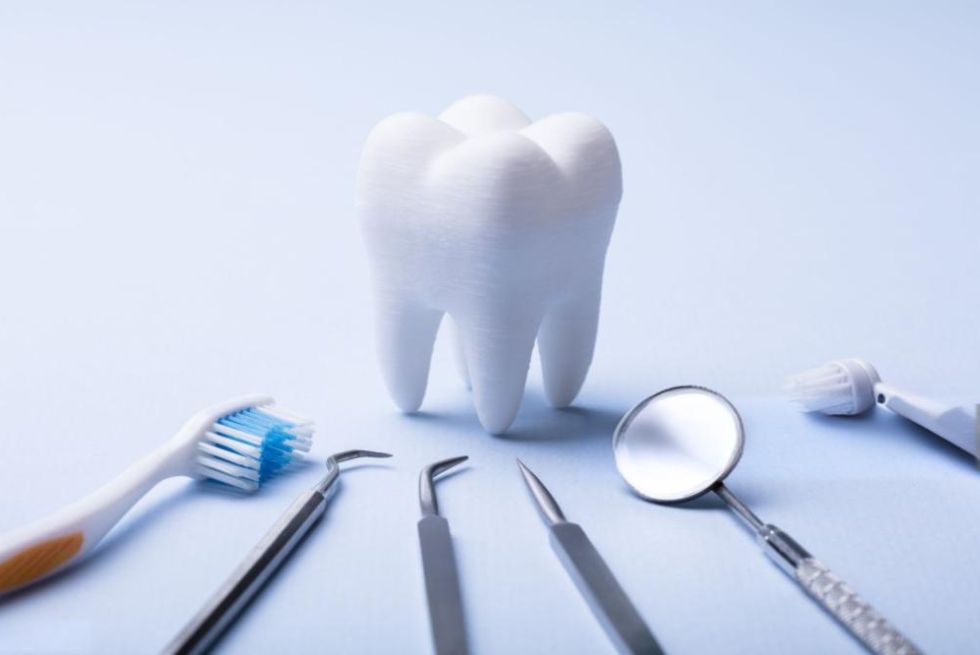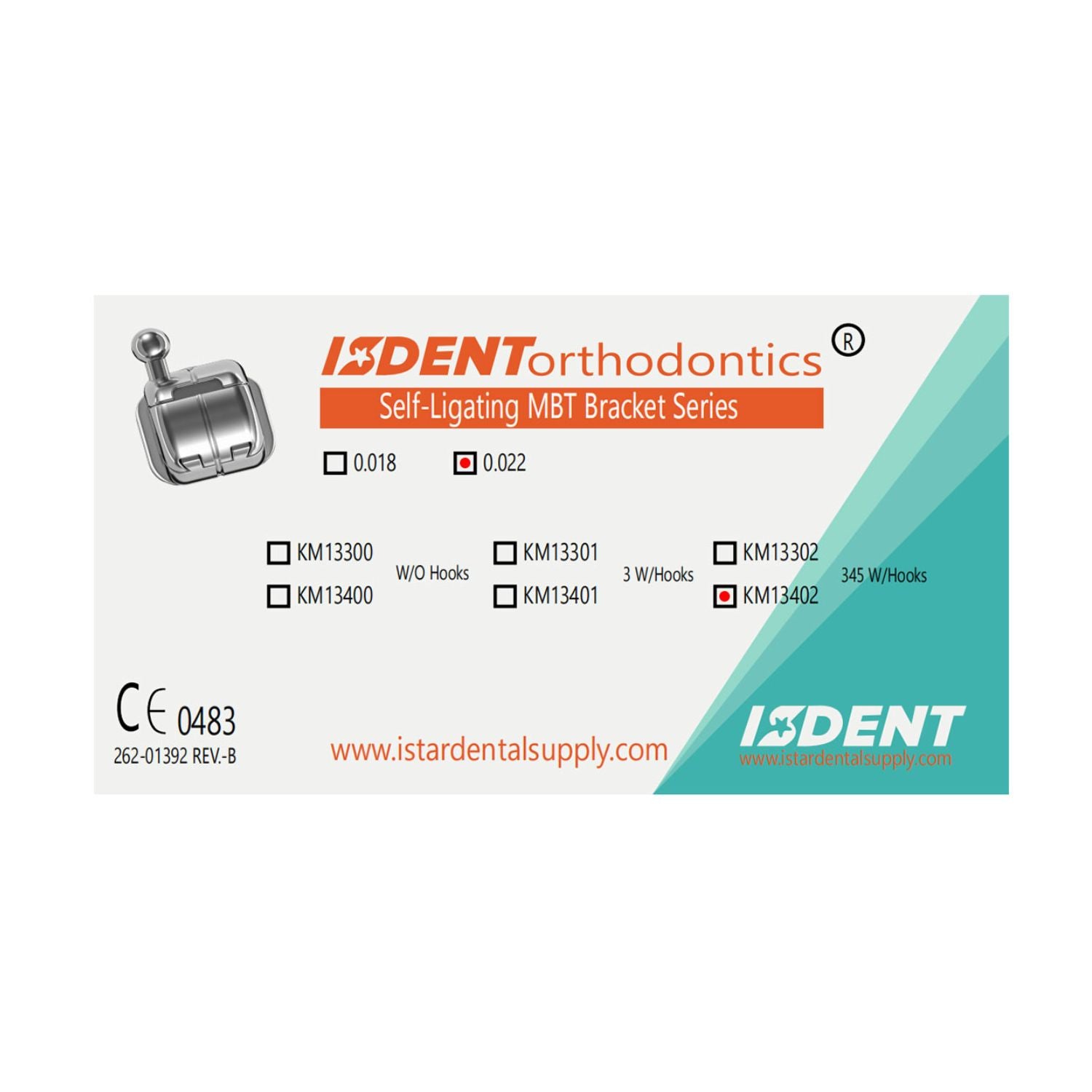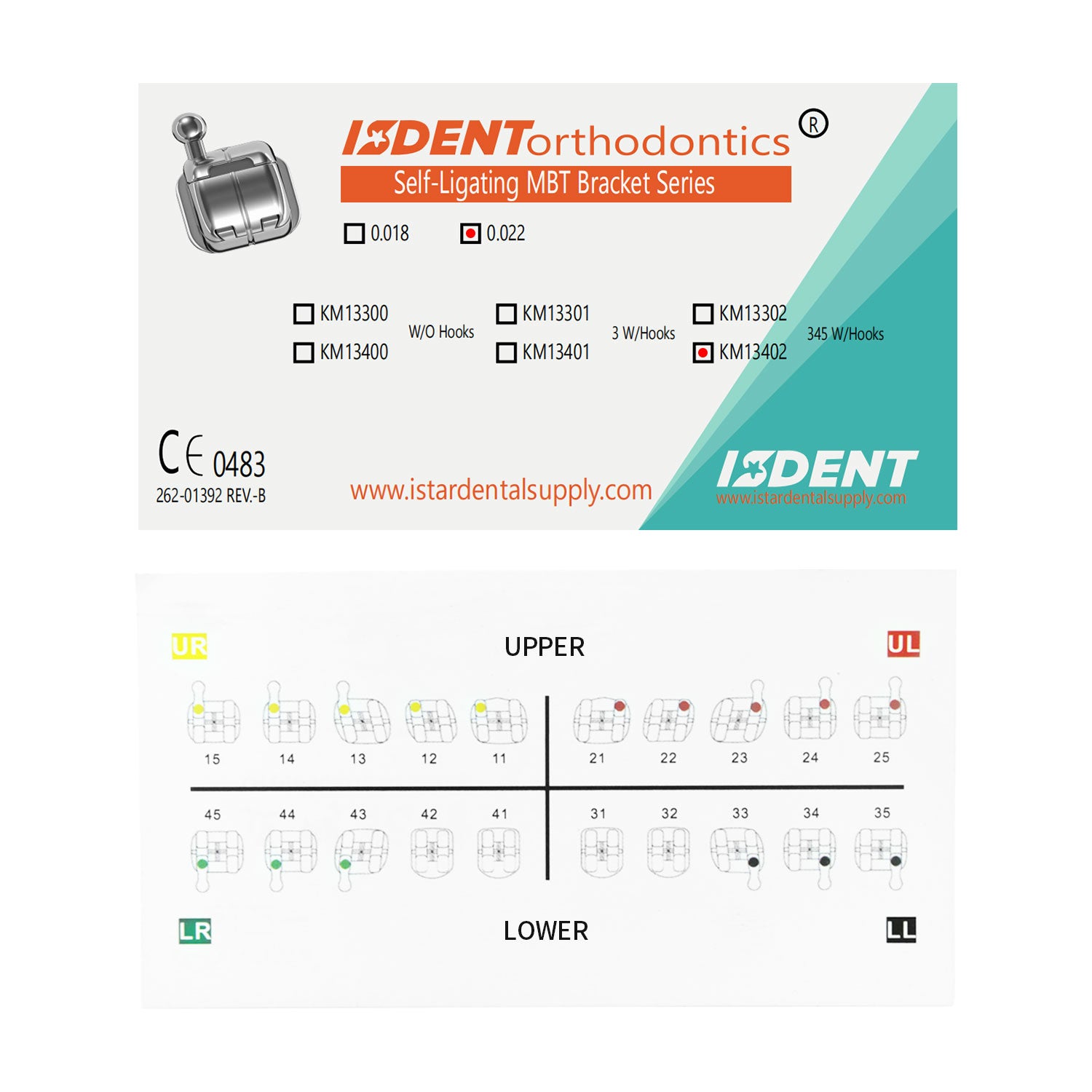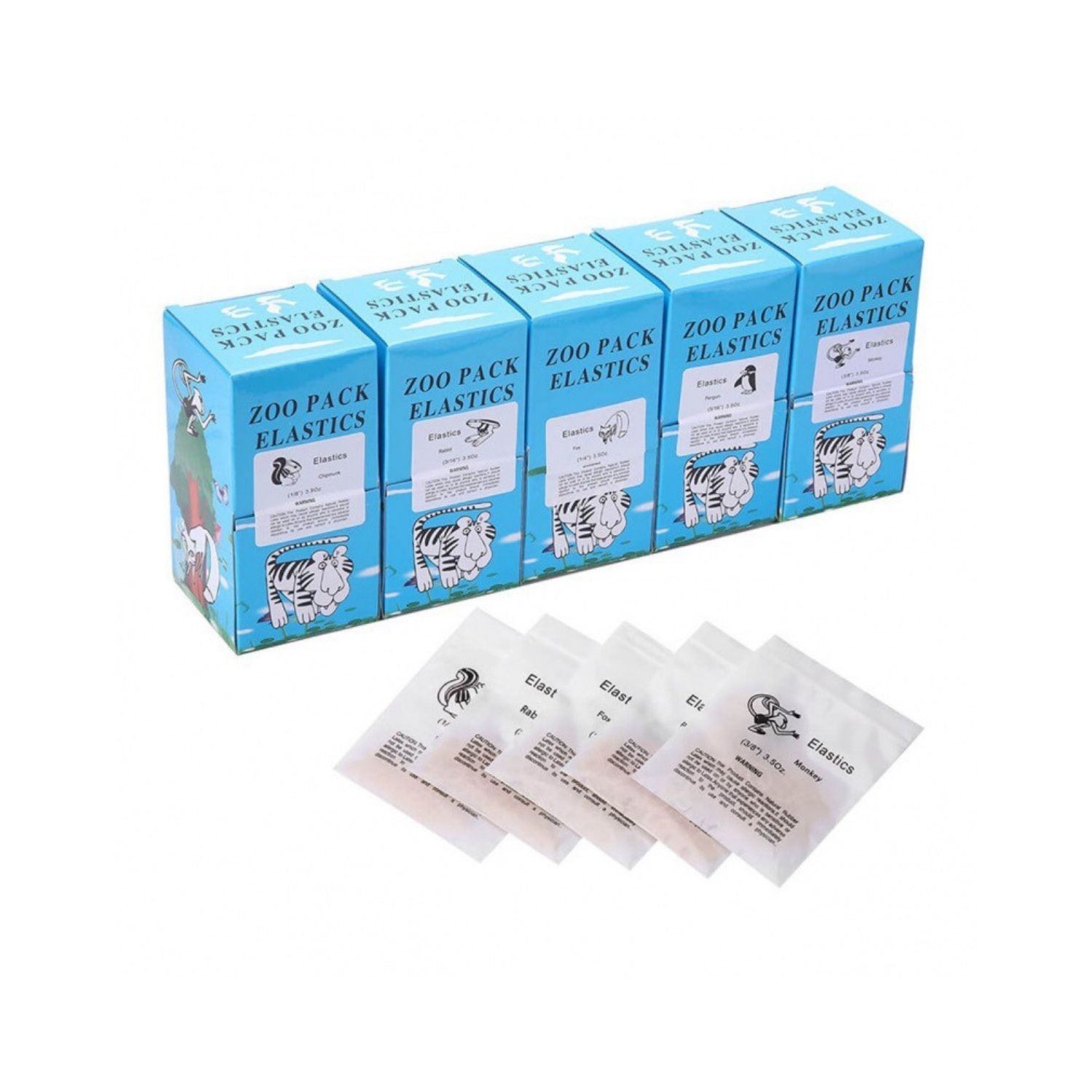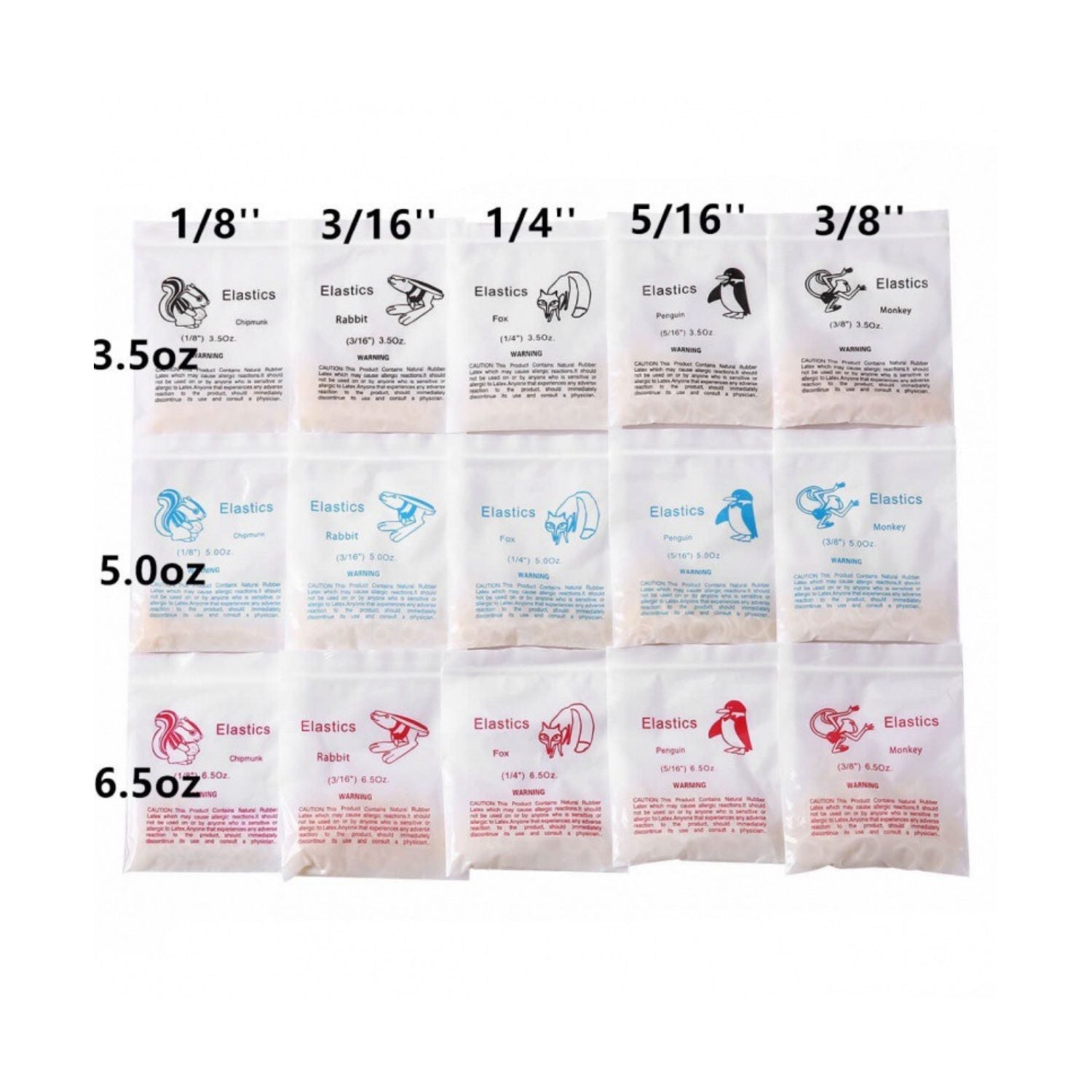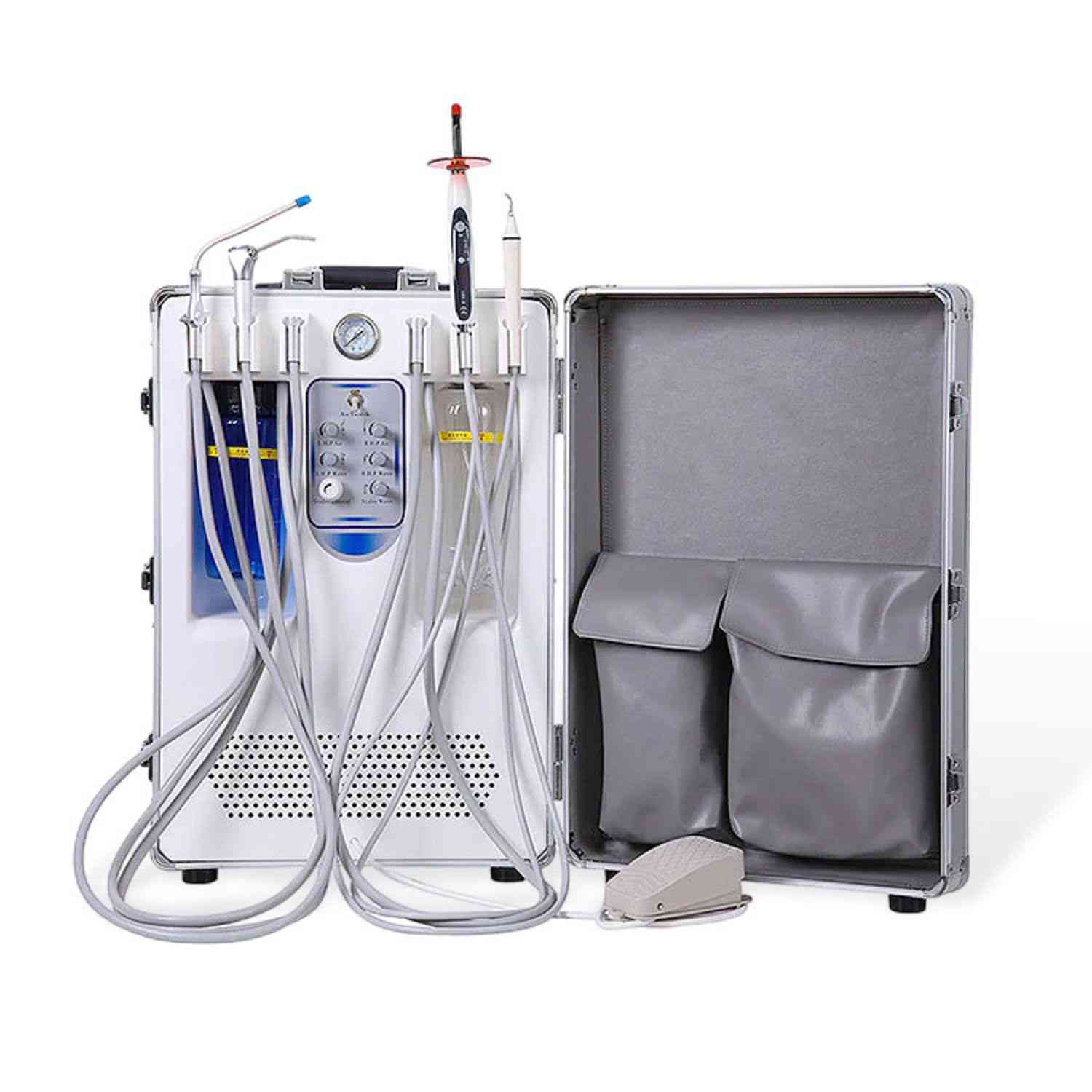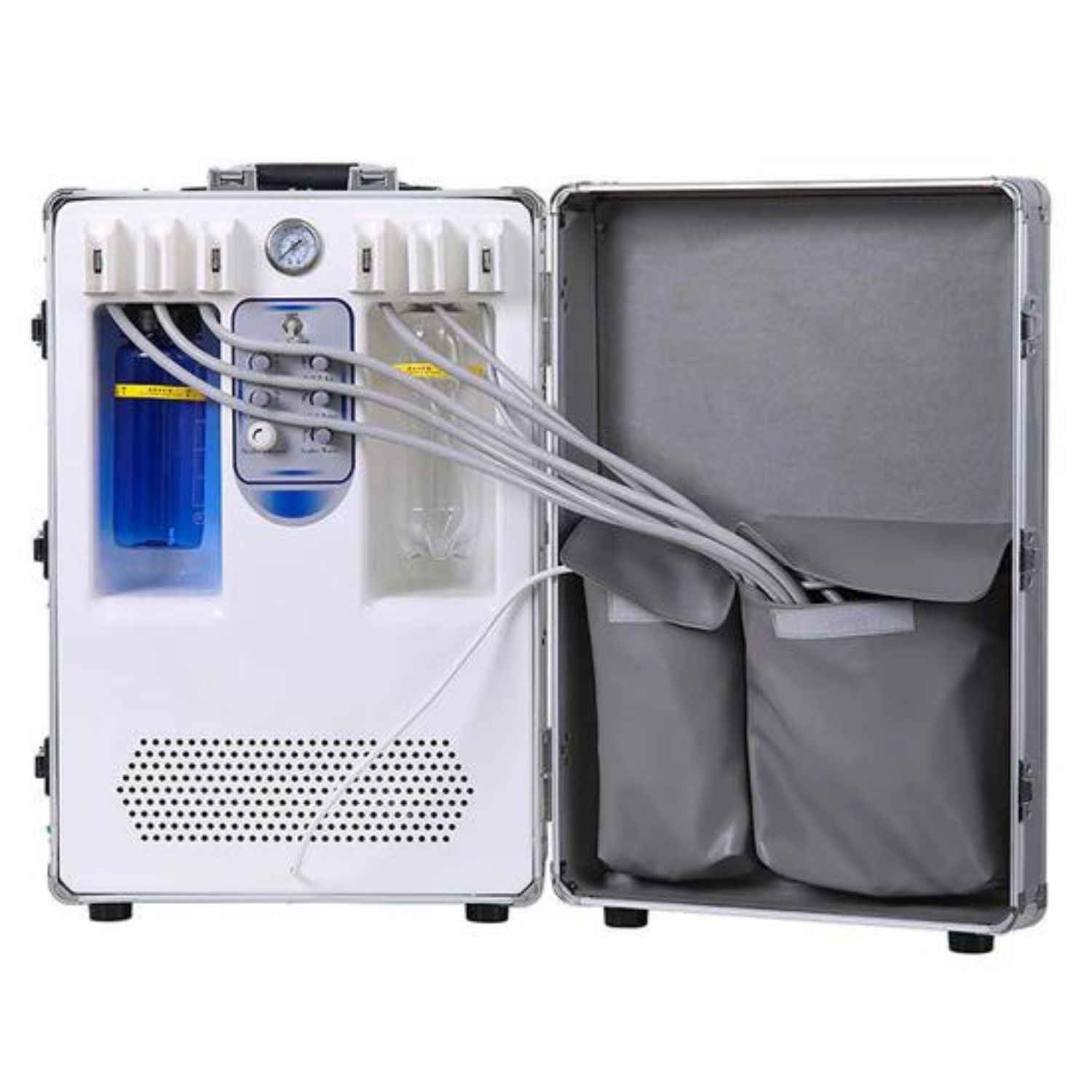Essential Tools and Techniques Used During Teeth Cleanings: A Dentist’s Guide
Have you ever wondered what really goes on during teeth cleanings and why it’s worth paying attention to every step? In this article, I’ll walk you through the world of dental cleaning, break down the tools and techniques used to keep your mouth and teeth in great shape, and share insider tips that help dentists and dental hygienists provide a thorough and effective cleaning. If you’ve ever felt unsure about a dental cleaning session—or if you’re just curious to learn how these techniques work—this is the right place for you. Stick around, because by the end, you’ll know exactly how to feel comfortable at your next teeth appointment and why these procedures are critical for your dental health.
Here’s why you should keep reading: teeth cleanings are not just about a sparkling smile. They also help remove plaque and tartar, protect against tooth decay, and even detect dental issues early. Plus, you’ll discover how ISTAR Dental Supply—dental supply manufacturing plants that produce high-quality products—stands ready to assist if you need reliable dental tools and techniques. Ready to explore? Let’s jump right in.

What Are Dental Cleanings and Why Do They Matter?
Dental cleanings are an essential tool in the larger scope of comprehensive dental care. By definition, they involve removing plaque and tartar from the surfaces of teeth, polishing them, and checking for any dental issues that could escalate over time. In fact, dentists and dental hygienists use these appointments to spot early signs of gum disease or tooth decay, giving them a head start on preventing bigger complications.
When you’re due for a dental cleaning, it’s crucial to recognize that these dental cleaning appointments aren’t just about having a pearly-white smile. They help ensure that you maintain good oral hygiene, prevent tooth decay, and keep your mouth and teeth in top condition. Think of them as an investment in your overall health: consistent visits to your dentist keep the roots of the teeth healthier and stronger over the long term.
How Does a Dentist Perform an Effective Teeth Clean?
A dentist typically begins the teeth cleaning process by examining your mouth and teeth for any swelling, redness, or other abnormalities. In many clinics, a dental hygienist often starts the visit, taking X-rays if needed. But the carrying out of the actual dental cleaning can vary. Different tools dentists use often include a dental mirror and a dental scaler, among others.
From there, the dentist will polish the teeth after removing excess plaque and tartar. They might use specialized dental cleaning tools such as a rubber-polishing head, mild abrasive paste, or even an air polisher. Incorporating these steps ensures a thorough and effective cleaning of the tooth surface and back surfaces of teeth. Each step is designed to remove plaque and tartar carefully without harming the tooth’s enamel.

Which Tools and Techniques Are Most Commonly Used?
Dentists and dental hygienists use a variety of tools during instruments used during teeth cleanings. Common examples include the dental mirror to view tricky angles, and the dental scaler to remove plaque and tartar from around the gumline. A curved tool used by dental professionals, the scaler can get into tight spaces to clean out hidden buildup. Meanwhile, ultrasonic devices—like a dental tool that uses high-frequency vibration—help break apart hardened tartar.
What sets these tools and techniques apart is the attention to detail. Dental hygienists use various tools and often use various tools and techniques to ensure no crevice is overlooked. Whether they’re scaling, polishing, or rinsing, each method aims for a thorough and effective cleaning without damaging the roots of the teeth. The result is a smoother tooth surface that’s less likely to accumulate buildup.

Why Is the Scaler So Important During Dental Cleanings?
The scaler is often a patient’s first introduction to the “scraping” sensation they feel at the dentist. And for good reason: A scaler is a dental tool specifically used to remove hardened plaque or calcified deposits. In fact, many professionals opt for an ultrasonic version, which is a dental tool that uses high-frequency sound waves to loosen tartar. The manual version is a curved tool used by dental experts to carefully get off buildup around and beneath the gumline.
Scaler usage is vital because it eliminates accumulated bacteria that can otherwise cause gum inflammation and eventual tooth decay. When the scaler works in tandem with other cleaning tools, you get results that help preserve your teeth and gums. In short, the scaler forms one of the primary defenses against plaque, especially during dental cleanings.
Are Professional Teeth Cleaning Methods Safe?
Yes, professional teeth cleaning is incredibly safe—and strongly recommended. During this procedure, a dental hygienist or dentist performs specialized steps that can’t always be replicated with everyday products at home. In other words, while home routines are critical, professional teeth cleaning tools go beyond the surface, ensuring the removal of deep-seated debris and tartar from below the gum line.
Many people feel a bit anxious about the scraping and polishing. However, the hygienist will use gentle techniques and state-of-the-art tools and instruments that limit discomfort while delivering a thorough and effective cleaning. If you have braces or other dental appliances, you can rest assured that your provider has a proper technique for using dental instruments to keep those areas tidy and safe.
How to Clean Your Teeth Between Visits?
Wondering how to keep your teeth at home in top shape between your scheduled cleanings? First, aim to clean your teeth after every meal or at least twice a day. Use a soft-bristled toothbrush and fluoride toothpaste. Be sure to gently brush all surfaces of your teeth in circular motions to remove plaque and tartar effectively.
Beyond brushing, it’s crucial to incorporate dental floss into your daily routine. Using dental floss involves wrapping the floss around your fingers and sliding it between each tooth carefully. This helps get rid of plaque and tartar that might be lurking where your toothbrush can’t reach, such as the roots of the teeth near the gum line. Doing so regularly can help you feel more comfortable at your next teeth evaluation, as it limits excessive buildup.
Is a Dental Hygienist Essential for Thorough Care?
Absolutely. A dental hygienist is trained to spot and remove hidden buildup that can’t always be addressed by self-care alone. Their training includes using the technique for using dental floss around tricky angles and employing a dental scaler or an ultrasonic device. Each hygienist will use a systematic approach—examining your mouth during dental visits—to ensure nothing is missed.
Furthermore, the dental hygienist will use magnification and lighting to see better. For instance, dental hygienists visualize areas deep around the gumline and the back surfaces of teeth to identify potential concerns. This meticulous care is exactly what a patient needs to prevent tooth decay and gum disease, especially if they’re prone to forming heavy plaque and tartar quickly.

Which Cleaning Tools Enhance Oral Health?
There’s a wide range of cleaning tools out there, but three stand out as particularly effective:
- Dental Mirror: This simple yet critical device helps dentists and dental hygienists visualize the inner corners and hidden spots of your mouth and teeth. Without it, diagnosing areas that need attention is far more challenging.
- Dental Scaler: Discussed earlier, a dental scaler is one of the prime ways to remove plaque and tartar and achieve a thorough and effective cleaning.
- Dental Floss: This everyday staple—used correctly—can lift debris from between your teeth and gums and ward off tooth decay and gum disease in the long run.
Note that each tool used by dental professionals operates differently, so using the proper technique for using dental equipment is essential to avoid damage. If you ever have questions, consult your dentist or dental hygienist for a quick tutorial.
What About Dental Floss and Other Home Techniques?
Using dental floss properly is one of the simplest ways to bolster your oral hygiene routine. The technique for using dental floss starts with using dental floss involves wrapping it around each forefinger, then sliding it between each tooth gently. By employing a “C-shape” motion around the edges of the tooth, you remove plaque and tartar from surfaces that are often unreachable by a toothbrush. Doing this daily can strengthen your teeth and gums.
Of course, there are other home-based tools too, such as water flossers, interdental brushes, and antiseptic mouthwashes. But these never replace the skillful work of dental hygienists use various tools at a professional dental clinic. They complement your self-care until your next teeth cleaning by knowing what to expect and how to maintain your results.
How Do You Prepare for Your Next Dental Cleaning Appointment?
Your dental cleaning appointment doesn’t have to be a mystery. By cleaning to ensure you’re flossing and brushing diligently, you’ll experience fewer surprises when it’s time to see a dentist. You’ll also help reduce the time spent using a scaler to scrape away heavy buildup.
Moreover, knowing what dental tools might be used on you can help reduce anxiety. For example, an ultrasonic dental scaler or dental mirror can appear intimidating, but once you understand their roles—used to remove plaque, or to examine the surfaces of the teeth—they become less worrisome. If you have questions about tools and techniques or if you’re uncertain about any dental tool, don’t hesitate to ask your dentist for a demonstration. Remember, these tools used are there to protect your mouth and teeth, not harm them.
A Quick AIDA for Our Readers
- Attention: If you’re reading this, you probably care about a healthy smile and are curious about the world of dental cleaning.
- Interest: We’ve shown how each dental tool—from the dental scaler to the ultrasonic polisher—contributes to a well-rounded, thorough and effective cleaning.
- Desire: Ready to minimize the risk of tartar from below the gum line and optimize your oral routine? Feeling the urge to level up? Then you might be wondering where to get top-grade supplies.
- Action: At ISTAR Dental Supply, our dental supply manufacturing plants create premium dental tools and instruments with attention to quality. We invite you to explore our top-notch lines of equipment. If you manage a dental school, own a dental hospital, or run a dental clinic, our products streamline your practice. Check out the links below to see how we can serve you.
Frequently Asked Questions
How often should I schedule a dental cleaning appointment?
Most dentists and dental hygienists recommend scheduling a cleaning appointment every six months. However, the frequency can vary based on your oral health needs.
Does a dental cleaning hurt?
Not generally. While some patients might experience mild sensitivity, a dental hygienist will use careful tools and techniques to ensure minimal discomfort. If you feel pain, inform your provider.
Do I need a professional teeth cleaning if I brush and floss daily?
Yes. Even the best home care can’t match the thorough and effective cleaning achieved through a professional teeth cleaning. Dentists and dental hygienists use specialized equipment to remove plaque and tartar that’s hard to reach at home.
Is a scaler safe to use?
Absolutely. A scaler—whether manual or ultrasonic—is specifically designed to gently remove plaque and tartar and reduce your risk of tooth decay. The hygienist uses it precisely to avoid harming your gum tissue.
What if I have braces or other dental appliances?
If you have braces or other dental appliances, your dental hygienist or dentist will adapt the tools and techniques to protect those areas. Special attachments and cleaning tools might be used during teeth cleanings to avoid damage to wires or brackets.
Can I rely on mouthwash alone to clean my teeth?
Mouthwash can be a helpful addition, but it’s not a replacement for brushing, flossing, or a professional dental checkup. It’s a complementary step to freshen breath and kill surface bacteria.
Key Takeaways
- Cleaning appointments are crucial for remove plaque and tartar, stopping tooth decay, and keeping your teeth and gums healthy.
- A dental mirror, scaler, and dental floss are just some of the dental instruments used during a dental cleaning.
- Understanding the techniques used during teeth cleanings and having a proper technique for using dental equipment can help you feel more at ease.
- Tartar from the teeth can be tricky to get rid of at home, which is why professional teeth cleaning makes a massive difference.
- If you need high-quality gear, ISTAR Dental Supply—dental supply manufacturing plants for products—has you covered.
Relevant Product Collections from ISTAR Dental Supply
- Dental Equipment – A broad range of tools for dentists and dental hygienists.
- Dental Unit – Ideal for outfitting your dental clinic or dental hospital.
- Dental Handpiece – A reliable choice for any dentist looking for precise control.
- Ultrasonic Scaler – A specialized dental tool to help remove plaque and tartar efficiently.
- Orthodontics – If you deal with braces or other dental appliances, don’t miss out on these tools.
- Dental Sterilization – Ensure safe and sanitized tools and techniques for your patients.
ISTAR Dental Supply stands ready to assist dentists, dental labs, dental hospitals, or even large dental schools seeking consistent, premium-quality items. Our global network of dental supply manufacturing plants ensures that you get durable and advanced equipment to serve your patients best. Feel free to reach out if you have questions, need additional information, or require specific solutions for your practice.
Thank you for exploring this in-depth look into the world of dental cleaning. By cleaning by knowing what dental procedures involve and applying these insights, you’ll feel more prepared and confident each time you step into a dental cleaning appointment. If you’re looking to upgrade your tools and techniques or simply want guidance, get in touch with us at ISTAR Dental Supply. Together, we’ll help you clean your teeth more effectively and enhance the dental experience for everyone.

